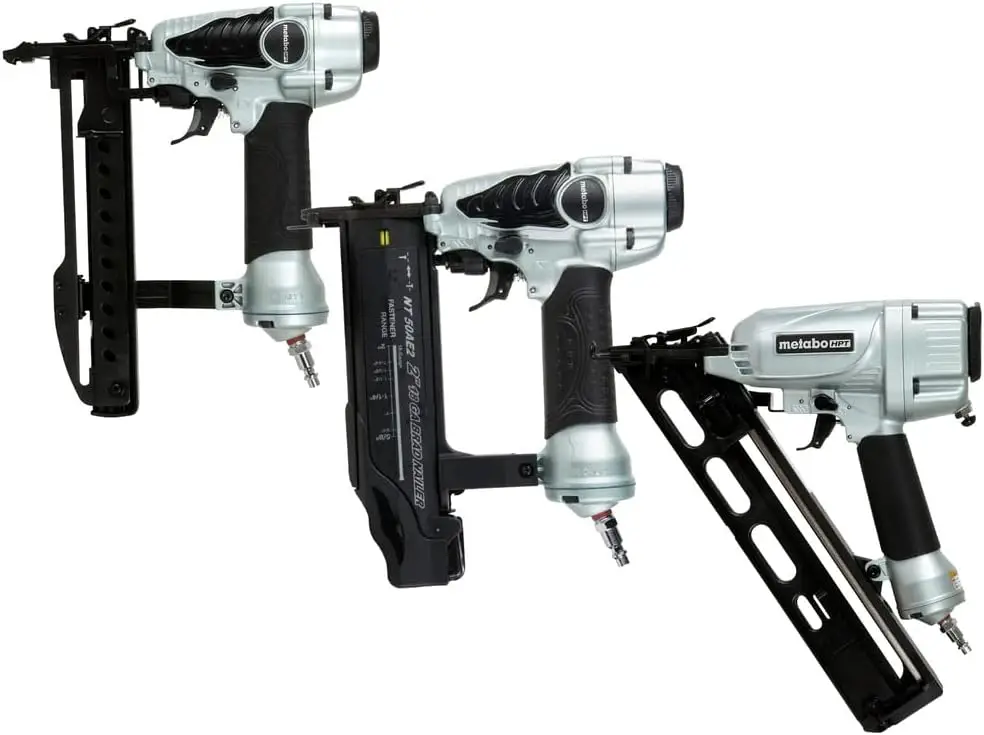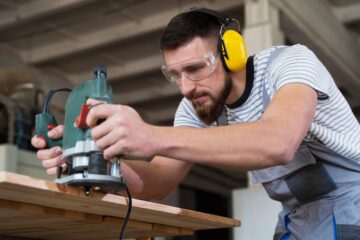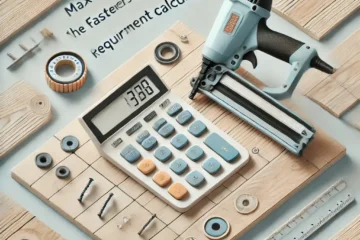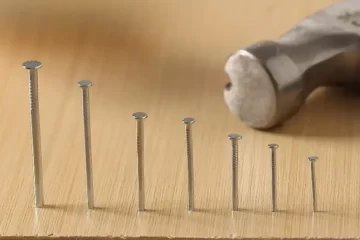Nail guns are a revolutionary tool that has made construction work faster, safer, and more efficient. But if you’ve ever shopped for a nail gun, you’ve probably come across terms like “pneumatic” and “cordless” and wondered: do nail guns need a compressor? The short answer is: that some do, and some don’t.
In this blog post, we’ll break down the types of nail guns, their power sources, and whether you need a compressor to operate them. By the end, you’ll have a clear understanding of what type of nail gun suits your project best.
Understanding Nail Guns: Types and Power Sources
Before we dive into whether or not a compressor is needed, it’s essential to understand the different types of nail guns and how they work. Nail guns are typically categorized into three main types:
- Pneumatic Nail Guns (Air-Powered)
- Electric Nail Guns (Corded or Cordless)
- Gas-Powered Nail Guns
1. Pneumatic Nail Guns
Pneumatic nail guns are the most common and are widely used in construction projects. These nail guns are powered by air pressure, which is provided by an air compressor. The compressor stores pressurized air, and when the trigger of the nail gun is pulled, the air is released, driving the nail into the material.
Do they need a compressor?
Yes, pneumatic nail guns require a compressor to function. They are known for their power and reliability, making them ideal for heavy-duty applications like framing, roofing, or installing baseboards.
2. Electric Nail Guns
Electric nail guns come in two forms: corded and cordless. Corded nail guns need to be plugged into an electrical outlet, while cordless models use rechargeable batteries.
Do they need a compressor?
No, electric nail guns do not require a compressor. Instead, they rely on electric power to drive nails. Cordless versions are highly portable and convenient for small- to medium-scale jobs, but they may not deliver the same power as pneumatic nailers.
3. Gas-Powered Nail Guns
Gas-powered nail guns operate using a fuel cell and a battery. When the trigger is pulled, a small amount of gas is released from the fuel cell and ignited by the battery, creating an explosion that drives the nail.
Do they need a compressor?
No, gas-powered nail guns do not require a compressor. However, you’ll need to replace the fuel cells periodically, which adds to the operational cost.
Do You Need a Compressor for Your Nail Gun?
Now that we’ve covered the different types of nail guns, let’s address the big question: do you need a compressor? It depends on the type of nail gun you’re using and the project you’re working on. Here’s a quick comparison:
| Nail Gun Type | Compressor Needed? | Best For |
| Pneumatic (Air-Powered) | Yes | Heavy-duty, large-scale projects like framing, decking, roofing |
| Electric (Corded/Cordless) | No | Light- to medium-duty jobs, furniture, trim work |
| Gas-Powered | No | Outdoor projects, where portability is crucial |
Advantages of Using a Compressor
If you’re considering a pneumatic nail gun, you’ll need a compressor. Here’s why many professionals still prefer pneumatic nail guns, despite needing an air compressor:
- Consistent Power: Compressors provide consistent air pressure, allowing you to work for extended periods without losing power.
- Durability: Pneumatic nail guns tend to be more durable and can withstand rugged job site conditions.
- Cost-Effective: While an air compressor is an initial investment, pneumatic nailers often cost less than their electric or gas-powered counterparts.
Disadvantages of Using a Compressor
Of course, there are some downsides to using a compressor, especially for DIY enthusiasts or occasional users:
- Portability: Compressors are bulky and can be a hassle to move around, especially for small jobs or in tight spaces.
- Setup Time: Setting up the compressor and connecting hoses can take time, reducing the overall speed of your workflow.
- Noise: Compressors can be loud, making them less ideal for indoor projects in residential areas.
Choosing the Right Compressor for Your Nail Gun
If you decide to go with a pneumatic nail gun, choosing the right compressor is essential. The type of compressor you need depends on the size and scope of your projects.
Key Factors to Consider:
- CFM (Cubic Feet per Minute): CFM measures the volume of air a compressor can deliver. For most pneumatic nail guns, a compressor with at least 2.0 CFM at 90 PSI is recommended.
- Tank Size: The larger the tank, the longer you can work without the compressor kicking back on to refill. A 6-gallon tank is often enough for framing nailers, while smaller tanks may suffice for finish or brad nailers.
- Portability: If you’re working on multiple job sites, a lightweight, portable compressor will be more convenient.
Final Thoughts: Should You Get a Nail Gun with a Compressor?
The decision to get a nail gun with or without a compressor boils down to the type of work you’re doing. If you’re a contractor or someone who regularly works on large-scale projects, a pneumatic nail gun with a compressor will provide the power and reliability you need. On the other hand, if you’re a DIYer or hobbyist working on smaller projects, an electric or gas-powered nail gun might be more convenient.
Ultimately, choosing the right nail gun will depend on your specific needs, budget, and how often you’ll use it. If you decide to go the pneumatic route, make sure to invest in a quality air compressor that matches your nailer’s specifications.
FAQs: Common Concerns About Nail Guns and Compressors
Can I use a pneumatic nail gun without a compressor?
No, pneumatic nail guns require compressed air to operate. Without a compressor, you won’t be able to drive nails.
What size compressor do I need for a framing nailer?
For framing nailers, look for a compressor with a minimum of 2.5 to 3.0 CFM at 90 PSI and a 6-gallon tank for continuous use.
Are cordless nail guns as powerful as pneumatic nail guns?
Cordless nail guns are convenient, but they typically don’t deliver the same power and consistency as pneumatic nailers, especially for heavy-duty tasks.




